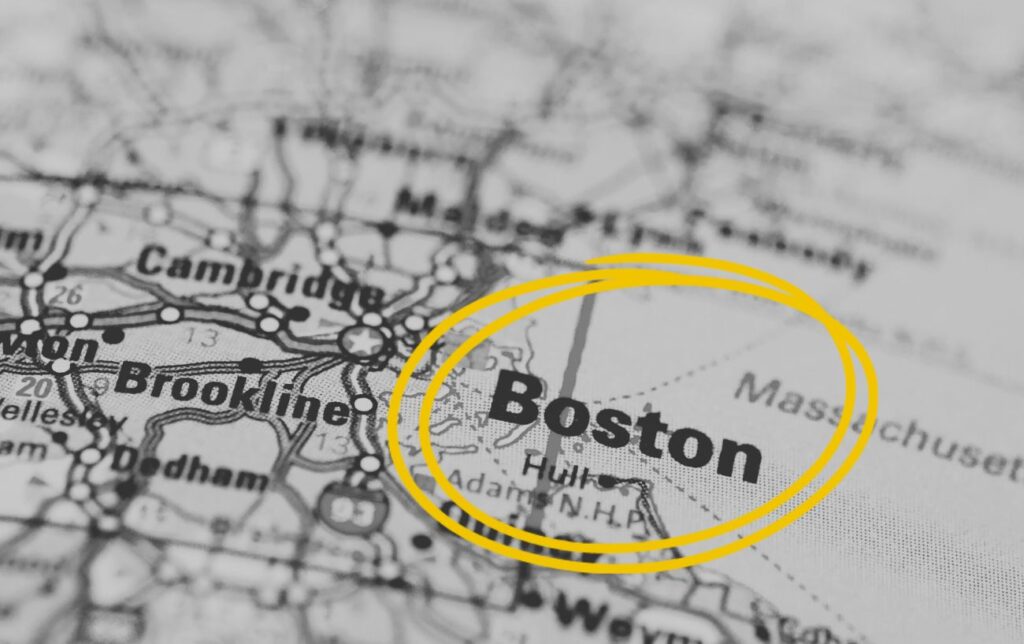The Significance of the Boston Marathon
The Boston Marathon holds a revered position in the world of running, often deemed the pinnacle for amateur athletes and elite competitors alike. Races like REVEL have gained traction as lucrative pathways for individuals aspiring to secure a spot at this prestigious event, given their emphasis on fast qualification times. However, the Boston Athletic Association (B.A.A.) has recently introduced new indexing and qualification guidelines that could disrupt this model, prompting a necessary reassessment for downhill marathon brands designed around Boston-qualifying performances.
Overview of Recent Developments
On October 1, 2023, the B.A.A. unveiled a significant policy change that will come into effect starting with the 2027 Boston Marathon. Under these new regulations, qualifying times from courses with a net downhill of at least 1,500 feet (457 meters) will no longer be recognized at face value. Instead, the following penalties will be applied:
- A 5-minute penalty will be imposed on race results from courses with a net drop of 1,500 to 2,999 feet.
- A 10-minute penalty will apply to courses with a drop between 3,000 and 5,999 feet.
- Courses exceeding a net loss of 6,000 feet will be disqualified altogether for Boston qualification purposes.
This announcement places REVEL and its renowned downhill courses significantly at risk, as they typically fall within these penalty parameters.

Statements from REVEL
In a recent statement to Marathon Handbook, a REVEL spokesperson shared insights on the changes. They noted:
“For over a decade, the REVEL Race Series has proudly offered certified Boston Qualifiers where our runners earn their qualifying times through training, grit, and determination. Over that time, the B.A.A. has previously tightened their qualifying standards several times as they have seen increased competition for a limited number of spots available. While this particular change affects our races uniquely, the REVEL Race Series still remains one of the most competitive opportunities to qualify, especially for those who put in the correct training and effort to take advantage of our downhill courses.“
Adaptation Strategies for Race Directors
Many in the running community suggest that events like REVEL must adapt to the new regulations. One potential strategy involves modifying the race courses to achieve just under 1,500 feet of net drop, positioning them as the premier, non-penalized Boston qualification courses.
This adaptation is already underway in some instances. Race director Jamil Coury recently announced plans to adjust the Tucson Marathon, which currently features 1,549 feet of drop, by reducing it by 50 feet to fall within the compliance threshold.
We are currently at 1,549 feet of drop for the new Tucson Marathon course we introduced this past December starting at @B2science – we are working on cutting the 50 feet needed to be BQ non-penalty compliant.
The race as it stands has around 269 feet of total climb, the rest a… https://t.co/oLEgzkqhhr
— Jamil Coury (@JamilCoury) June 18, 2025
Business Implications for REVEL and Similar Brands
The stakes are high for races like REVEL. The brand has successfully catered to runners aspiring for fast times and BQ ambitions, supported by aggressive marketing strategies and impressive course layouts. However, with the introduction of 5-10 minute penalties on qualifying times, REVEL may become less appealing for the thousands who choose marathons based on their potential to qualify for Boston.
Courses designed for speed, with gravity on their side, are now facing scrutiny. Although REVEL may continue to exert appeal for personal record seekers and downhill aficionados, they risk losing participants to flatter, yet still fast and compliant, courses.
The Broader Perspective
The B.A.A.’s new rules aim to create a fairer competitive landscape, addressing the inherent advantages provided by downhill routes. A 2023 study referenced by the B.A.A. highlighted that net descent can provide runners with a speed advantage ranging from 3-6 minutes, influenced by various factors such as grade and pace.
This latest change transcends mere physics; it embodies a philosophical shift. The B.A.A. seeks qualifiers to more accurately represent athletic ability rather than tactical advantage, particularly as the number of qualifiers continues to grow annually. This evolution may redefine how runners and races perceive the entire concept of qualification.
As REVEL and similar events navigate these challenges, they may need to embrace an entirely new approach—potentially requiring alterations in elevation strategies to continue leading the path to Boston.

